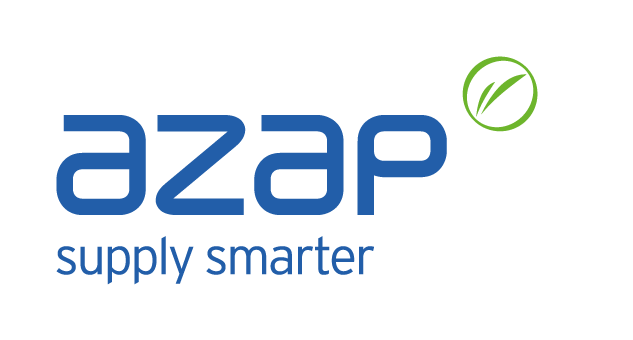The pandemic has disrupted food consumption patterns: fewer restaurants, more cooking or home-cooked meals, more organic, more local and small convenience stores, e-commerce sales … context, one might think that forecasting and planning tools are unnecessary. It’s quite the opposite ! AZAP has largely helped the Supply Chains of its agri-food customers to adapt. The Survey devoted to this theme by Supply Chain Magazine in April and to which Dominique Bourgoin, Founder and Manuel Montalban, CEO of AZAP were able to collaborate, shows in particular that forecasting and planning tools have been of great help to Supply Chain decision-makers in the agrifood sector
AZAP relevant and competent observer of agrifood supply chains
Editor of an agile and responsible Supply Chain management platform, AZAP mainly targets the food industry. He is therefore well placed to observe the changes taking place in this sector. In addition, with his 20 years of experience in Supply Chain planning and management, he fully contributes to helping agrifood Supply Chains adapt to all these changes.
Strong upward and downward fluctuations
“Some of our customers have seen their sales grow very strongly, between 20 and 50% for certain products. Typically, frozen food distributors have had a lot of success with consumers who do not or little wish to cook, ”notes Manuel Montalban. In this example, we see that it is necessary to manage larger flows with identical means (eg: storage areas), or even reduced (eg: personnel, vehicles available). In this kind of situation, a software like AZAP will make it possible to recalculate all the supplies and stocks, taking into account these new constraints while maximizing product availability. “Conversely, our out-of-home catering supplier customers have seen their sales plummet. They had to rethink their business very quickly, find new market opportunities and adapt their supply chain accordingly. Here again, a tool like AZAP, which allows you to simulate various options through scenarios and see the impact of the decisions taken, is of great help. “
A craze for organic
Dazzling growth in e-commerce
An appetite for food supply chains for forecasting and planning tools
Thus, contrary to what one might have thought at first glance, “The food industry has not eased its footing in 2020 on forecasting and sales planning tools”, assures Manuel Montalban. And Dominique Bourgoin, Founder of AZAP added: “These tools have helped them to follow these fluctuations, which remain diabolical, and the planning has often gone from a monthly to weekly rhythm”. It was of course necessary to modify the histories and to clean them from specific episodes in order to model on a sound basis. And fortunately, this work is much easier to do in a tool like AZAP than on a spreadsheet, for example. “The corrections of such. events are largely automatic. And this allows us to have an exploitable history for 2021. There are consumer behaviors of 2020 that we keep, such as the organic push, others that we forget, “explains Dominique Bourgoin. These corrections can also be done at very fine levels. “In frozen food, some products are on the rise and others are on the decline. And even within the same family, like frozen fish, it is not uniform, ”explains the founder of AZAP. “In fact, breaded fish and steaks or fillets are often more preferred by families who take their daily meal at home, than more festive fish such as monkfish for example”. Software such as AZAP is therefore not too much to easily manage changes in demand at this level of consumption.
TO KNOW MORE, CONTACT US

